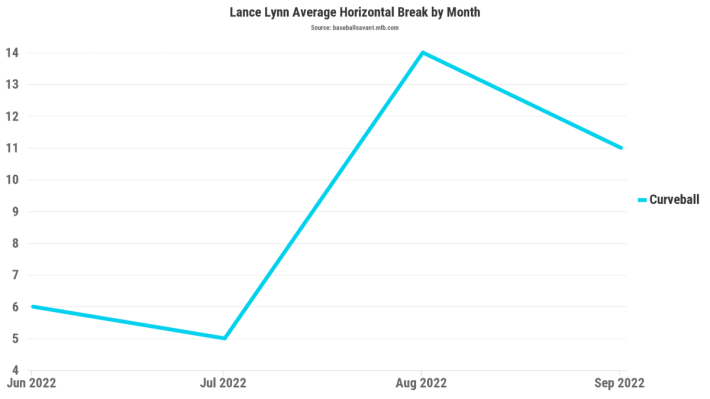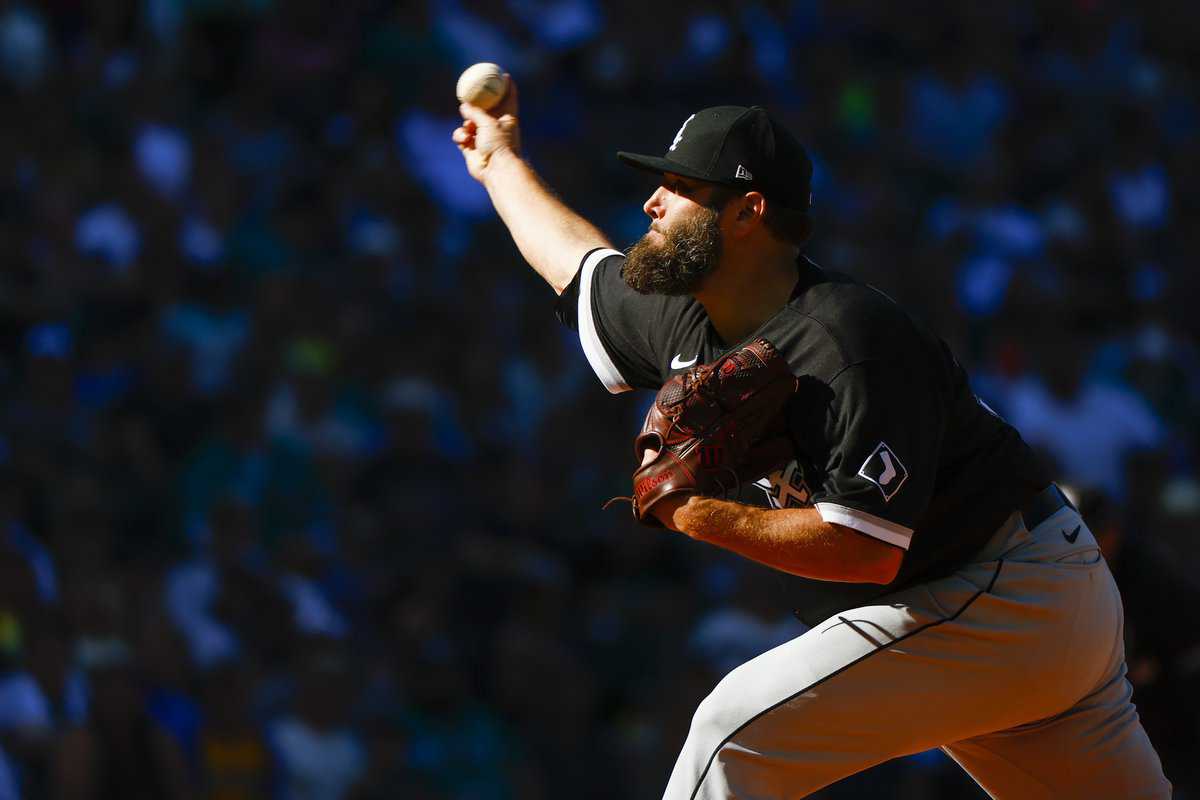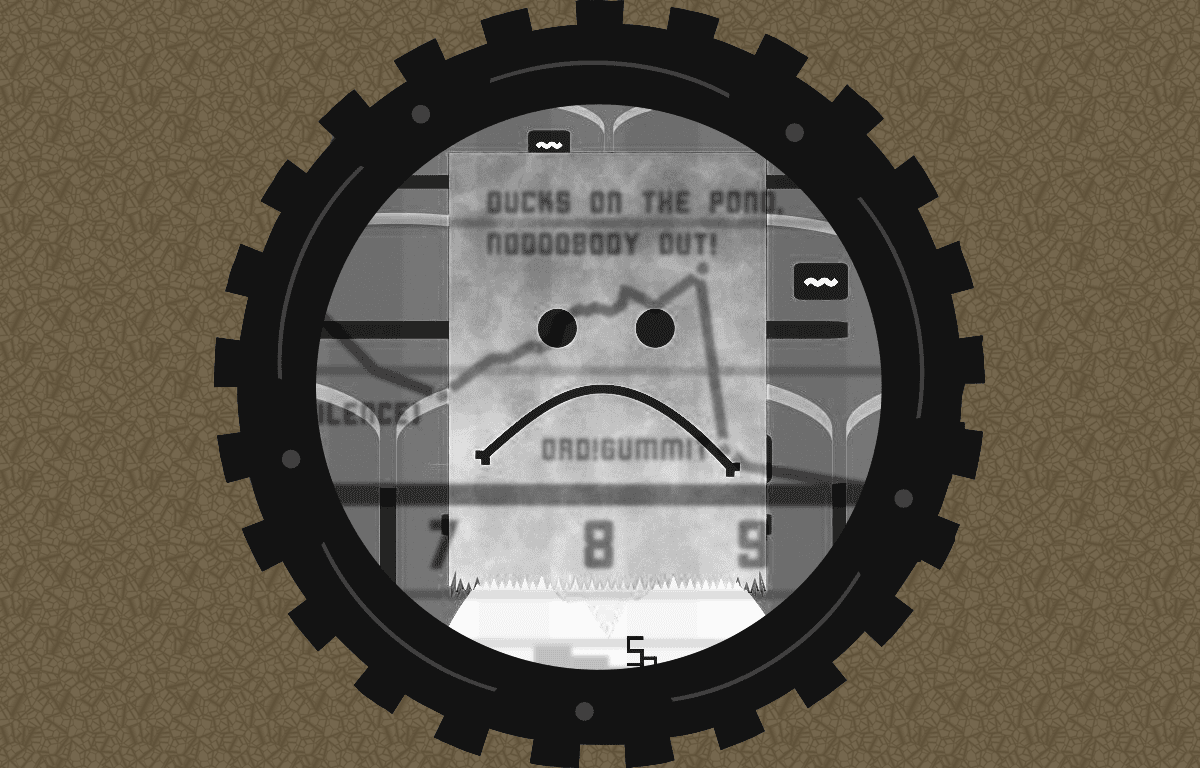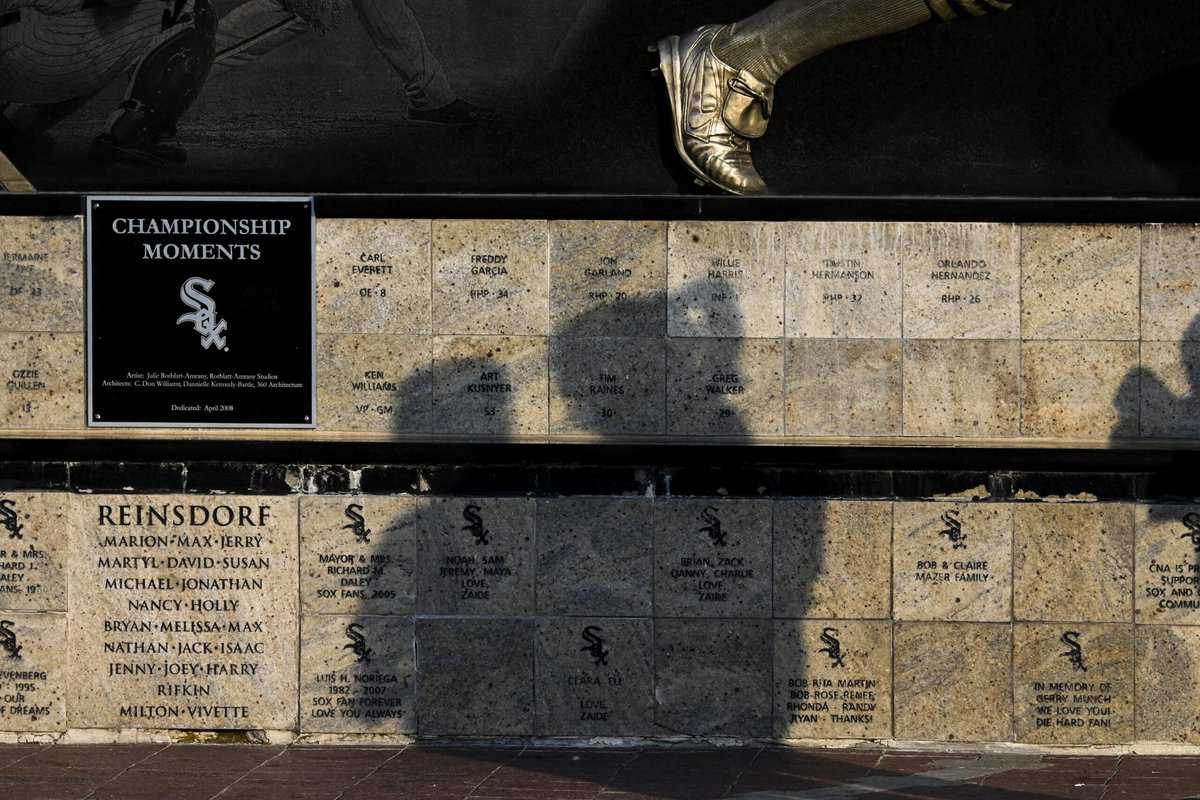Through his first nine starts of his delayed 202 season, Lance Lynn was saddled with a 6.42 ERA, primarily due to a pair of problems.
- Allowing 10 homers in 49⅔ innings.
- Getting eaten alive by lefties.
Aside from a few more long balls, Lynn was near his usual success against righties, allowing a .237/.292/.402 line when he had the matchup advantage, with 31 strikeouts over 100 plate appearances. Lefties smoked him to the tune of .320/.358/.560, with nearly half the strikeout rate (18 over 104 PA).
Fortunately, "the first nine starts" ended eight starts ago, and his last seven starts have been a different story. After throwing seven innings of one-run ball (zero earned) against the Mariners in Seattle Monday afternoon, he's yielded a 2.06 ERA, and while the home-run rate is still high (six over 43⅔ innings), it's his only flaw. He's racked up 53 strikeouts against just four walks, and opponents are hitting .199/.228/.325 against him.
What's more impressive is that he's on this roll despite facing lineups throwing two lefties for every righty. They're trying to exploit what was a major vulnerability, and Lynn isn't letting them. He's improved considerably when facing a handedness disadvantage...
- Through July 29: .320/.358/.560, 18 K over 104 PA
- Since July 29: .187/.216/.318, 30 K over 111 PA
... and his reconfigured curveball is a big reason why.
Lynn's breaking ball has been a work in progress over the last month, but it's no longer a secret weapon after what it did to Seattle. More than half of his 11 strikeouts came on the curveball, and the Mariners swung and missed two out of three times they offered at it.
Here's the highlight reel, and notice how many of these hitters are lefties.
This the second start in a row where his breaking ball has been especially effective at getting swinging strikes.
Lynn's curveball has never really been a distinguishing factor over his career, and it was a true afterthought in his first season with the Sox, as he threw it just 3 percent of the time.
Now? It's starting to become a thing. He's only thrown more than a dozen of them in three starts during his White Sox career, and they've come in his last three starts, including a Sox-high of 20 on Monday.
If I saw that Lynn started throwing his curveball three times as often in response to having an ERA over 6.00, I might assume we'd be watching a desperate man searching, for Lynn has always defined himself by his array of fastballs. Fortunately, this evolution doesn't appear forced. Lynn is still defined by his four-seamer and cutter; it just took a while for their power and precision to return to their normal levels.
As Lynn's performance stabilized over the course of August, the curveball became a different pitch entirely, featuring far more horizontal movement.

If you're not used to reading Statcast charts, it's easy to see the shift in practice.
Here are a few typical curveballs to lefties at the start of his season.



These curves didn't really didn't move laterally, and they didn't feature much of a sharp break vertically, either. They almost acted as high-spin changeups, except when he wanted to back-door it on the outside corner, when the couple inches of right-to-left action helped. Most pitchers don't want that kind of cutting action on their offspeed offerings otherwise, since it's supposed to tail away from a hitter's swing path, not into it. That's why Lynn only threw the pitch when hitters might be expecting something else.
But when early August rolled around, Lynn started figuring out how to get a sharper break on it, the kind that hitters swing over the top of. Here's Nick Pratto doing so on Aug. 3:

It wasn't an overnight sensation -- that was the only whiff on his curveball of 18 thrown over consecutive starts against Kansas City -- but as the chart above shows, you can see that he finally saw a reason to throw it on purpose, and the last two starts suggest he's starting to really get the hang of it.
This is a valuable development for Lynn, and not just for the fact that it's good to have more effective pitches than fewer. While Lynn had been a top-10 Cy Young candidate in each of the past three seasons, the Astros always had his number because 1) they can cover the fastball, 2) they can cover the plate, and 3) they play in small park (some people might be tempted to add a fourth reason, but these are Lynn-specific points). They only had a narrow band of velocities and tilts to consider, so they could wear him down if Lynn was less than his best, and those foreseeable struggles played out during last year's ALDS.
With the White Sox still in third place with 28 games to go, planning for a potential October rematch against Houston seems premature at best, but his start against Seattle shows it can be plenty significant in September. The Mariners pitching staff boasted the third-best ERA in baseball over the last 30 days. The White Sox offense could only give Lynn three runs to work with. Lynn made it hold up with seven strong innings, and considering he threw just 89 pitches and retired the last 17 batters he faced, it wouldn't have been unreasonable if Miguel Cairo had him open the eighth.
It'll be fun to see what kind of ceiling this pitch has, because I can see its effectiveness being limited. Had Lynn not experienced the kind of swing-and-miss success in the previous start, I might be inclined to chalk up Monday's numbers to the extreme shadows around home plate due to the late-afternoon Labor Day start time. Give the league more exposure to this pitch and standard visibility, and hitters might start picking up the arm slot better when the count gets to two strikes.
But even if Lynn can't get a weapon along the lines of Dylan Cease's slider out of this development, it still gives opponents something else to think about, and a more complicated game plan probably benefits Lynn more than most pitchers. If Lynn loses something permanent on his array of fastballs as he moves into his late-30s, this would give him somewhere else to turn.






